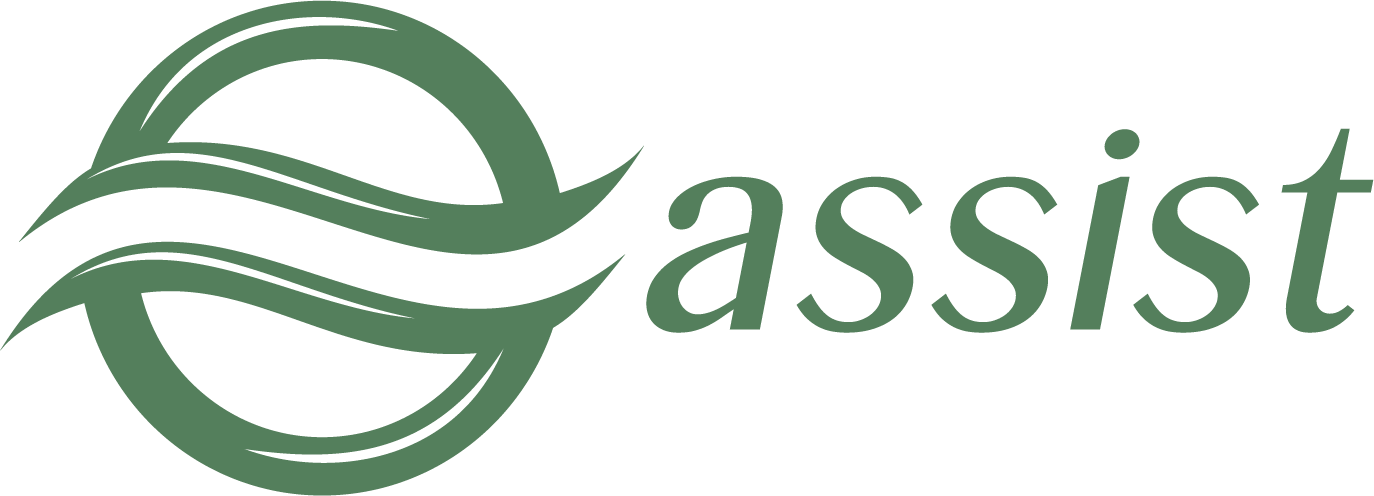Page History
...
Parameter name | Description |
ID | Unique identification of limit. |
Type | Type of limit. |
Limit value | Limit value according to its type and merchant requirements. |
Currency | Currency of limit (when applicable). |
Comment | Comment to this limit. |
Active status | Check-box. If it is checked then current limit is active. |
| The buttons for editing and deleting of records. |
Pressing the "Create limit" () opens a new window where you can add a new limit with follow parameters to the table manually:
Parameter name | Description |
Type | Type of limit (drop-down list). |
Limit value | Limit value according to its type and merchant requirements. |
Active status | Check-box. If it is checked then current limit is active. |
Countries limits | The message «Limit must be created» is displayed; this means the necessity first to save a created limit. The countries can be added only tor already created limit. |
Comment | Comment to this limit. |
Now the system has 25 types of limits:
- IP-addresses on a card per hour;
- maximum operation amount;
- merchant’s (application’s) turnover by card per day;
- merchant’s (application’s) turnover by card per month;
- minimum operation amount;
- number of merchant (application) operations by card per day;
- number of merchant (application) operations by card per month;
- number of operations by the card per day;
- number of operations by the card per month;
- number of operations by the card per week;
- number of person (e-mail, cookies) operations by cards per day;
- number of person (e-mail, cookies) operations by cards per month;
- number of person (e-mail, cookies) operations by cards per week;
- quantity of payments in the billing number per day;
- quantity of payments in the billing number per month;
- quantity of payments in the billing number per week;
- the card turnover per day;
- the card turnover per month;
- the card turnover per week;
- turnover in the billing number per day;
- turnover in the billing number per month;
- turnover in the billing number per week;
- turnover per day by person (e-mail, cookies);
- turnover per month by person (e-mail, cookies);
- turnover per week by person (e-mail, cookies).
To create a new record in the table of limits, you need to click "Save".
Pressing the "Details" () in the row of limit sets table opens a new window where you can edit parameters of current limit:
To save the changes in the table of limits, you need to click "Save".
To create the countries limits, you need to click "Add". It opens a new window where you can add the new countries limit:
Here you can select the country using the drop-down list and set corresponding value limit (Total amount).
Adding of the countries limit can be repeated many times by setting different limits for different countries and regions, if necessary.
| Note |
|---|
Deleting of the countries limit by clicking (x) performs immediately without any confirmation. |
The substance table displays the following parameters:
Parameter name | Description |
ID | Unique identification of substance. |
Merchant | Merchant with limits on payments. |
Application/service | Application/service, which is using for payments with limits. |
Type | Type of limit. |
| The buttons for editing and deleting of records. |
Pressing the "Create substance" () opens a new window where you can add a new substance with follow parameters:
Parameter name | Description |
Merchant | Name of merchant with limits on payments. You can use the merchant search (см. «Merchant search» on page5). If no merchant selected the limit is acting for all merchants. |
Application/service | Application/service, which is using for payments with limits. Drop-down list of available application/service or all. |
Type | Type of substance, defines the scope of limit; drop-down list – merchant, application, merchant-application. |
When you try to save the new record with an already exists value the following message will appear:
Error. Object with same data is already exist
Only payments, which fall into the scope of the limit are taken into account within the limit value calculation. The following scopes of the limit can be defined:
Merchant - limit is applied only for selected merchant and only payments of this merchant are taken into account within the limit value calculation. When no merchant selected the limit is acting for all merchants individually (the limit value is calculated for each merchant separately).
Application - limit is applied only for selected application and only payments, which processed through this application are taken into account within the limit value calculation.
When no application selected the limit is acting for all application individually (the limit value is calculated for each application separately).
When a merchant part of the merchant-application limitation scope is not defined, the limit is acting for all merchants individually but only those payments are taken into the account, which are processed through the selected application.
When an application part of the merchant-application limitation scope is not defined, the limit is acting for all applications individually but only those payments are taken into the account, which are processed through the selected merchant.
When neither application nor merchant parts of the 'merchant-application' limitation scope are not defined, the limit is acting individually for all possible pairs of merchants and applications. The limit value is calculated for each pair separately and only those payments are taken into the account, which are processed via the application and for the merchants, which are composing the pair.
